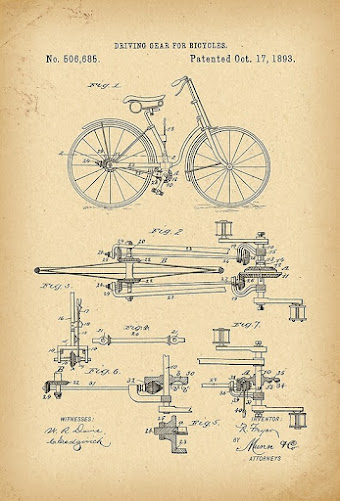Indoor Q-Factor

Your bike's Q-Factor is the width of your crankset or the distance from the outer edge of one crank arm to the other. More important is the measurement of stance. That's the distance between the centre of each pedal. Getting your stance the same across bikes can make riding more comfortable while potentially avoiding knee, hip and back problems associated with less than optimal bike fit. Most of us can agree: Overall bike fit is critical. I described my method in a previous post: Better Bike Fit . Getting the stance the same between bikes is a probably less critical but still worth doing . Measuring Stance Road bike stance is easy to determine since the bottom bracket centre aligns with the rear wheel. Just measure from the spoke nipple centreline to the middle of each pedal. Indoor bikes, like my Stages SB20, don't have a definitive centre line so you need to measure the distance between the centre of each pedal. No big deal. A ruler and set square ...





